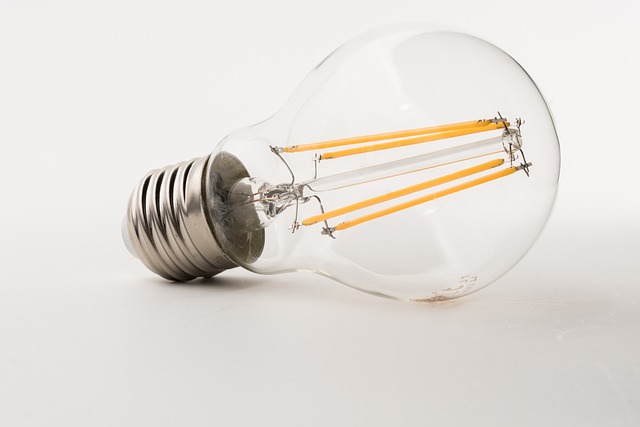Capital preservation is a key strategy for startup success, focusing on managing financial resources to balance risk and reward. Startups can access equipment loans with strategic planning, prioritizing investments in revenue-driven areas while minimizing high-risk expenses. This disciplined approach enables them to navigate market uncertainties, maintain stability, and build a solid foundation for future growth, ensuring long-term sustainability and competitive edge in their industry.
In the dynamic startup landscape, strategic equipment investments are key to fostering growth and maintaining a competitive edge. This article delves into startup equipment loans as a powerful tool for capital preservation. We explore how these loans enable businesses to access essential resources without diluting equity. By understanding eligibility criteria and various loan types, startups can strategically position themselves for long-term success while preserving their financial stability. Discover effective strategies to maximize these funds and navigate the entrepreneurial journey with confidence.
- Understanding Capital Preservation in Startups
- Eligibility and Types of Equipment Loans
- Strategies for Strategic Positioning with Loan Funds
Understanding Capital Preservation in Startups

Startups, by their very nature, are risky ventures. This means that capital preservation is a crucial strategy to ensure longevity and growth. It involves managing financial resources effectively to safeguard against potential losses and maintain a stable cash flow. In the context of startup equipment loans, this translates to making informed decisions about funding, prioritizing investments in areas that drive revenue, and minimizing exposure to high-risk expenses.
Capital preservation isn’t about denying growth opportunities but rather about balancing risk and reward. By securing strategic equipment loans with clear repayment plans and collateral, startups can access the capital they need for expansion while keeping a tight lid on unnecessary expenditures. This disciplined approach allows them to navigate market uncertainties, seize emerging opportunities, and build a solid financial foundation for future success.
Eligibility and Types of Equipment Loans

Startup equipment loans are a strategic tool for businesses aiming to secure funding for essential machinery and technology. Eligibility for such loans often requires a comprehensive business plan, demonstrating market potential and the ability to repay. Entrepreneurs must showcase their venture’s viability, including projected financial statements and a clear outline of how the loan will enhance operational efficiency and capital preservation.
These loans cater to various needs, offering both secured and unsecured options. Secured equipment financing involves pledging assets as collateral, which can include machinery or intellectual property. Unsecured loans, while more accessible, may have higher interest rates. Each type suits different business stages and risk profiles, with the goal of enabling startups to acquire necessary equipment without compromising capital preservation strategies.
Strategies for Strategic Positioning with Loan Funds

Securing a startup equipment loan offers entrepreneurs a strategic advantage by providing much-needed capital for business growth. A key aspect of strategic positioning with these funds is prioritizing investments that preserve and enhance capital. This means focusing on purchases that directly contribute to the core operations, improving efficiency, or opening new revenue streams. For instance, investing in state-of-the-art machinery can lead to faster production times and higher quality outputs, reducing waste and boosting profitability.
Additionally, strategic positioning involves careful planning to maximize the impact of loan funds. This includes conducting thorough market research to identify gaps and opportunities that align with the business’s unique offerings. By allocating resources efficiently, startups can establish themselves as competitive players in their industry, ensuring long-term sustainability and success.














